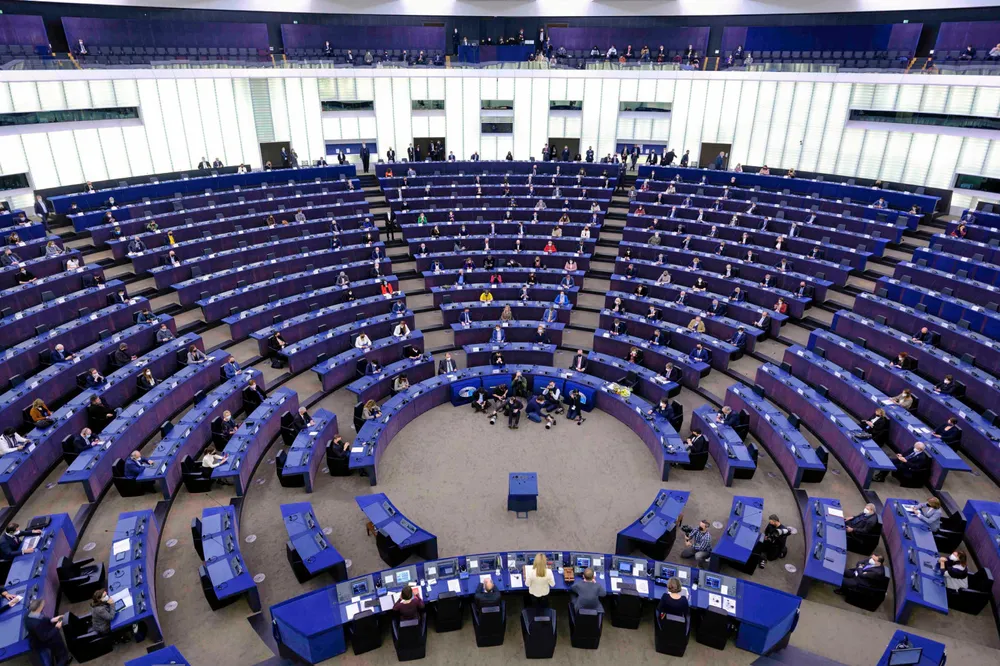Frustration for developers as crucial EU green hydrogen regulation delayed for two months by European Parliament
MEPs extend the scrutiny period for the European Commission’s Delegated Act, pushing it back to at least June

MEPs extend the scrutiny period for the European Commission’s Delegated Act, pushing it back to at least June
